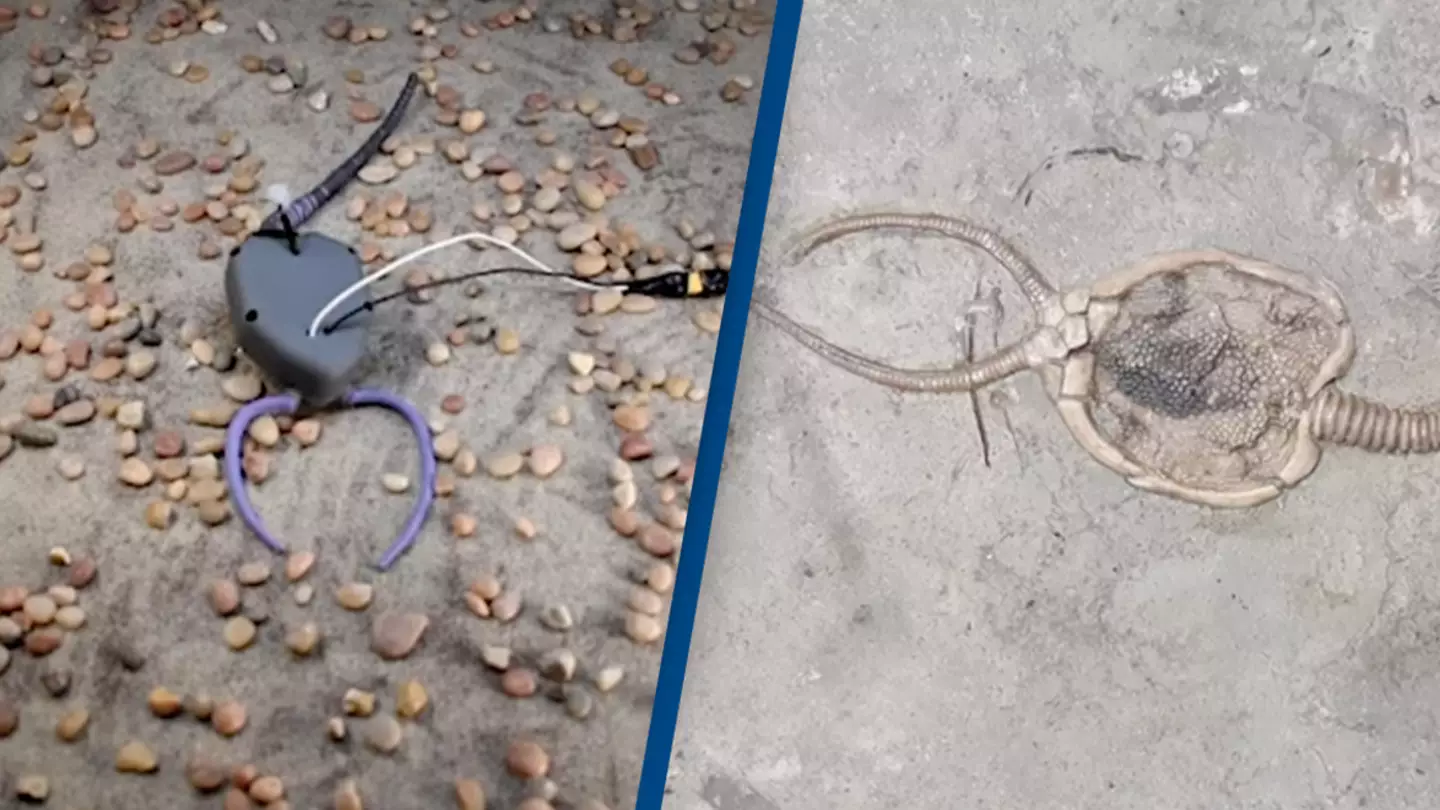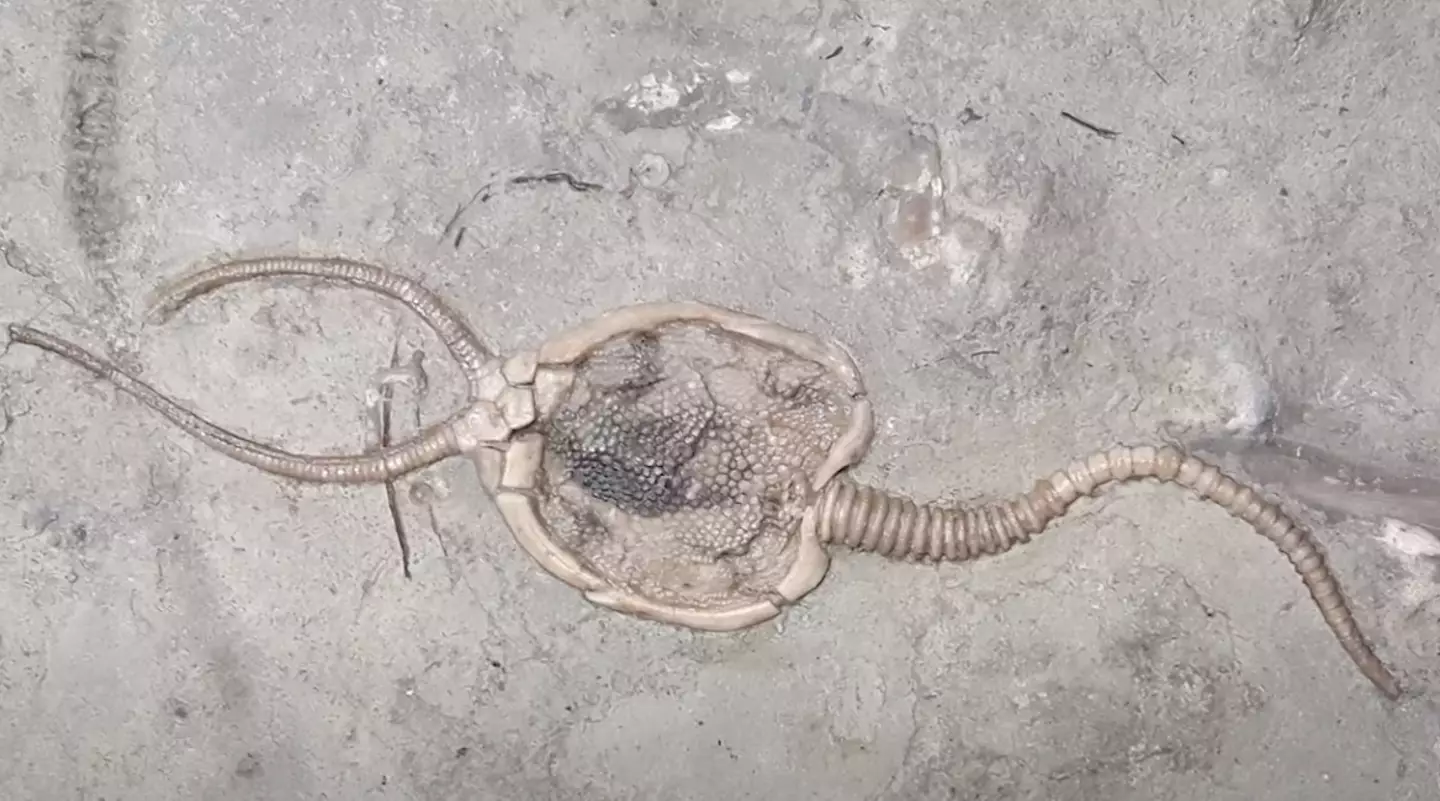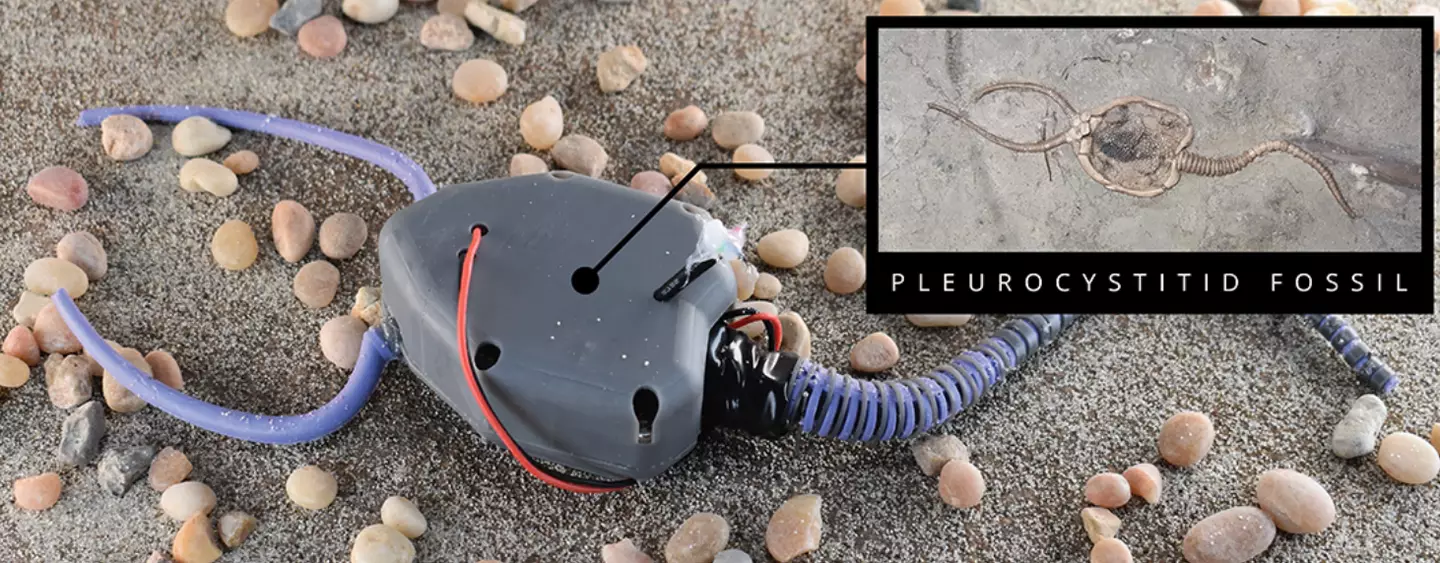
Scientists have created a 'soft robotic' version of an animal which went extinct on earth 450 million years ago.
Researchers from Carnegie Mellon University’s Department of Mechanical Engineering and palaeontologists from Spain and Poland are combining palaeontology and robotics to create 'Softbotics'.
The research team used the technology to create a marine organism which was last on the planet 450 million years ago in a bid to gain a greater insight into how the animal moved.
Softbotics uses 'flexible electronics and soft materials' to replicate how animals moved (biomechanics) in a bid to help scientists understand the 'natural selection' that occurred.
Professor of mechanical engineering and lead author of the study, Carmel Majidi, said in a statement: "Softbotics is another approach to inform science using soft materials to construct flexible robot limbs and appendages. A lot of fundamental principles of biology and nature can only fully be explained if we look back at the evolutionary timeline of how animals evolved. We are building robot analogues to study how locomotion has changed."
Advert
The research team decided to focus on a 450-million-year-old echinoderm called the pleurocystitid, 'a genus of rhombiferan echnioderm which lives in the late Ordovician period' and was primarily found in Europe and North America, according to The Science Times.
The team looked at fossil evidence of the animal and then used 3D printing alongside polymers to recreate it in 'soft robotic' form.

Through fossil evidence and the replication of the animal, the team found that pleurocystitids 'likely moved forward (anteriorly, i.e., brachiole-first) due to large performance advantages over stem-first (dragging the theca behind) locomotion'.
Advert
The team discovered the animal used stems to push itself forward and went on to develop 'longer stems' for more 'effective locomotion'.
The study - published in PNAS - then looked at how much energy it took the pleurocystitids to use its body in this way and how much energy it used to do so, to evaluate how efficient the animal's movement was.
Co-first author and PhD candidate Richard Desatnik noted: "Researchers in the bio-inspired robotics community need to pick and choose important features worth adopting from organisms over time."
Co-first author and CMU alumnus Zach Patterson added: "Essentially, we have to decide on good locomotion strategies to get our robots moving. For example, would a starfish robot really need to use five limbs for locomotion or can we find a better strategy?"
Advert

Professor of mechanical engineering Philip LeDuc resolved: "Bringing a new life to something that existed nearly 500 million years ago is exciting in and of itself, but what really excites us about this breakthrough is how much we will be able to learn from it.
"We aren’t just looking at fossils in the ground, we are trying to better understand life through working with amazing paleontologists."
Topics: Science, World News, Animals, Robotics, Technology